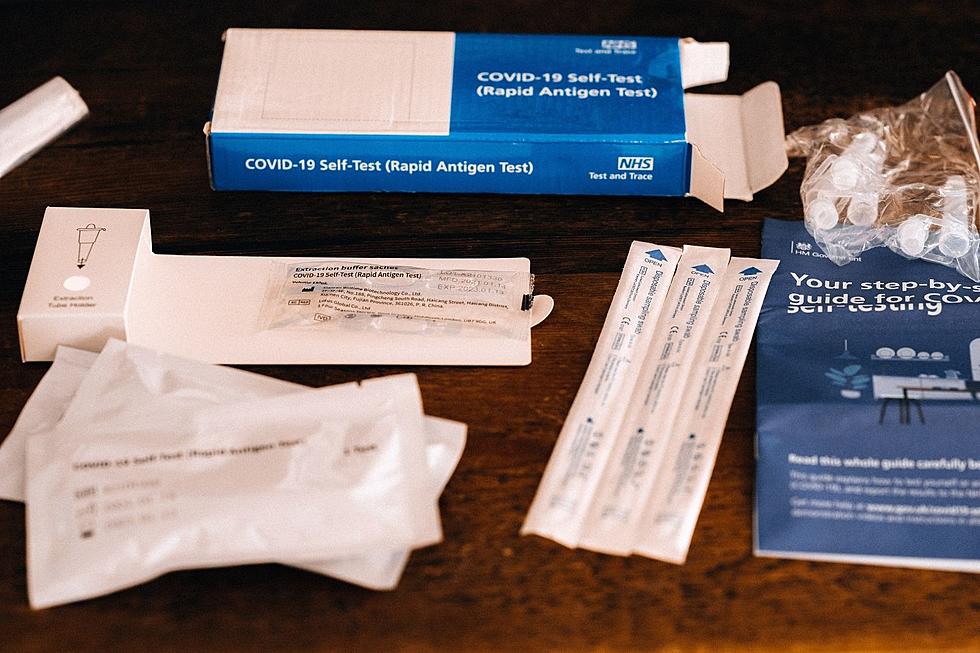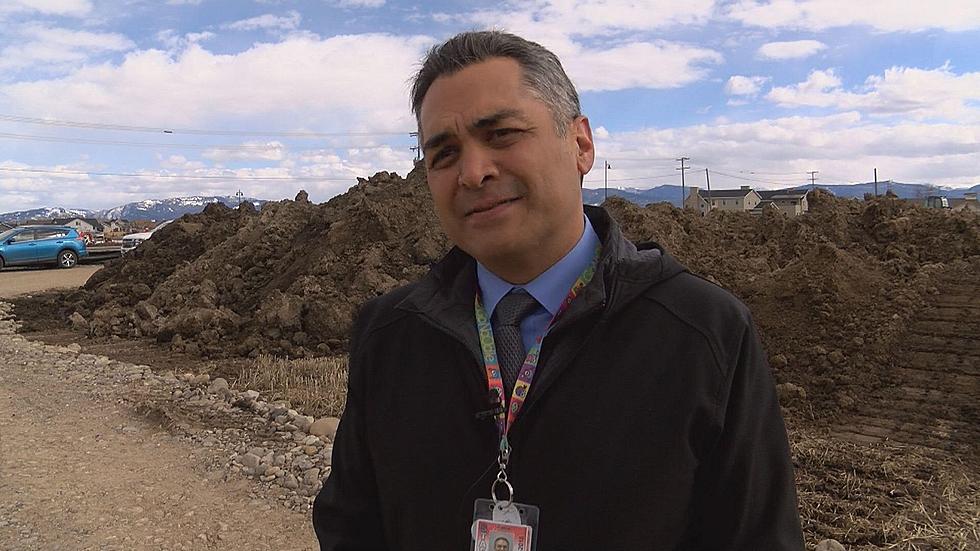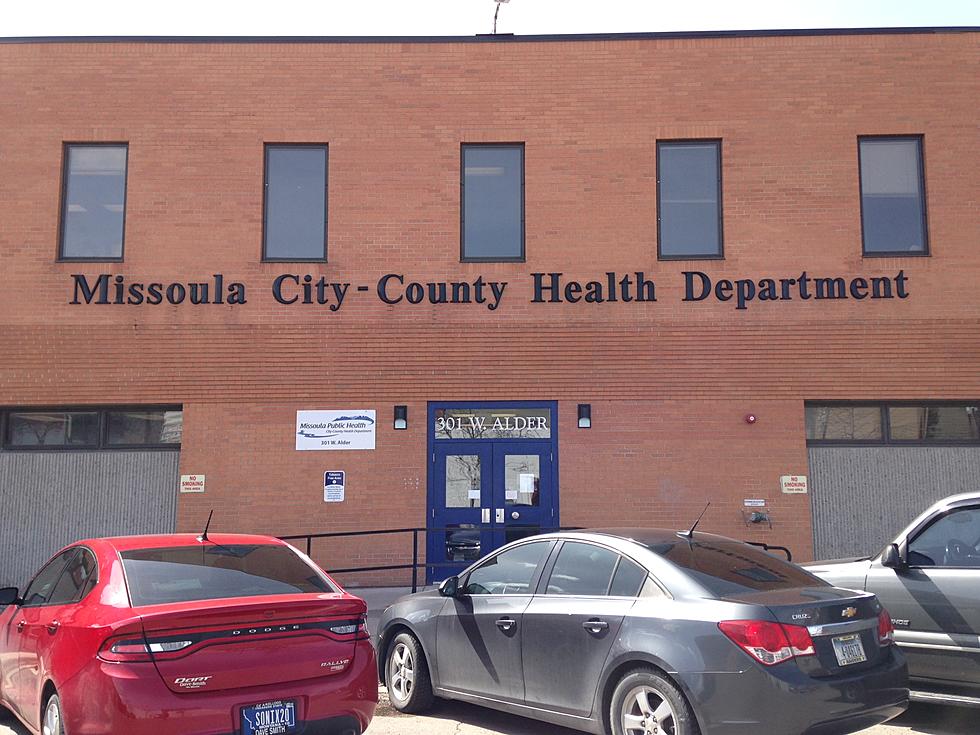
The Omicron Variant has Arrived in Montana says DPHHS
The Montana Department of Public Health and Human Services reported on Monday afternoon that the state has recorded its first two cases of COVID 19 caused by the new Omicron variant.
Magdalene Scott, Communicable Disease Epidemiology Section Supervisor with DPHHS provided details of the first Montana Omicron exposures.
“We have two cases of COVID that are infected with the Omicron Variant,” said Scott. “They are two travelers that just returned from South Africa. The CDC has a program where they monitor international travelers that are coming back in, so they gave the state a heads up that these folks were coming in and had returned from South Africa.”
Scott said the DPHHS is staying in close contact with the Gallatin County Health Department.
“We reached out to the Gallatin County Health Department and they were able to quickly follow up with these travelers and made sure that they were quarantined right away and then they got them tested,” he said. “Once they tested positive, they've were isolated and Gallatin County also helped coordinate their testing and in the sequencing as well, the county did a great job with this one, and so we actually don't have any close contacts to these two cases that have been identified in Montana.”
Maggie Cook-Shimanek, Acting State Medical Officer had more details about the Omicron Variant.
“What we know about the Omicron variant so far is that it's likely that it spreads more easily than other variants of the SARS virus,” said Cook Shimanek. “So we don't really know much in terms of how severe the disease will be as compared to prior variants.”
Cook Shimanek provided more details about the new variant just discovered in Montana.
“You hear a lot that's published in the media about some of the cases reported to date generally were individuals that had more mild illness and some of the symptoms related to COVID,” she said. “However, a lot of the cases that have reported on have been vaccinated or had prior infection. So, that remains to be seen how severe this variant is.”
DPHHS official Todd Harwell added that often the symptoms of the COVID 19 variants resemble the flu.
“Many, if not all, the symptoms of COVID are really like influenza,” said Harwell. “We are seeing an uptick in influenza cases, a lot unlike last year where we had virtually none or none, and we've had some current hospitalizations too for flu. So other prevention messages not just for COVID but for influenza is get your influenza shot, and that’s for anybody who's six months of age or older.”
The DPHHS has this advice for anyone concerned about contracting COVID.
Get vaccinated and if eligible get a booster. To find a vaccine near you, visit covidvaccine.mt.gov. In addition, take steps to help prevent the spread of the virus such as using face masks, physical distancing, practicing hand hygiene, and avoiding crowds and poorly ventilated spaces. Get tested for COVID-19 when you feel sick or have been in close contact with someone who tests positive for the virus, and stay home when you are sick.
Why do cats have whiskers? Why do they meow? Why do they nap so much? And answers to 47 other kitty questions:
More From Alt 95.7









